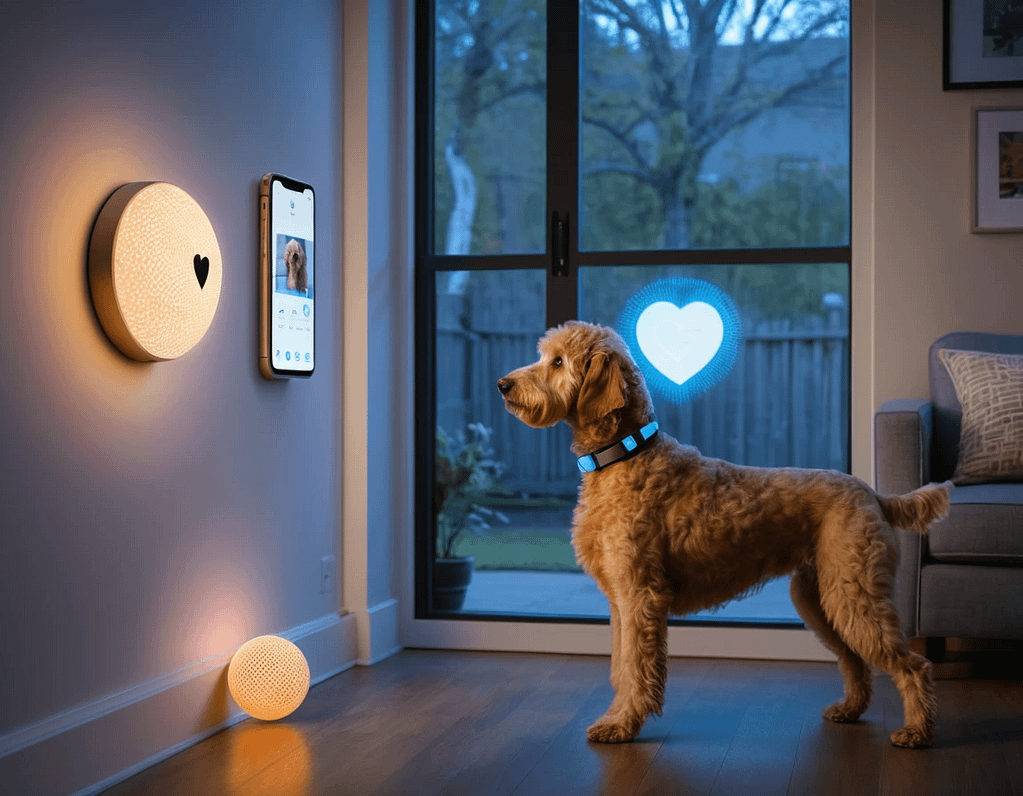
Google’s 10 Upgrades, Revolutionary AI Features
Google has introduced a wave of AI innovations that change how we talk, create, and work together. Features like real-time voice translation and AI-powered glasses are big steps forward. They show how technology is improving our productivity. Here’s a guide of the top 10 Google AI updates changing the digital and AI world. Google Meet […]
Google’s 10 Upgrades, Revolutionary AI Features Read More »



